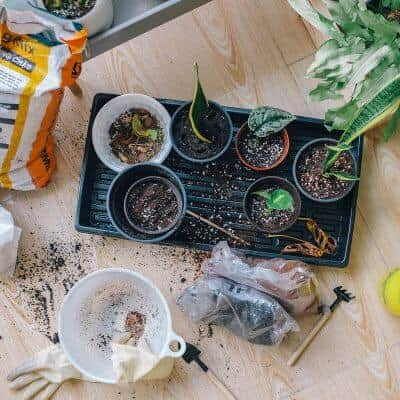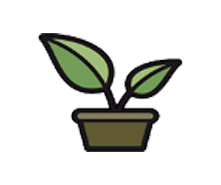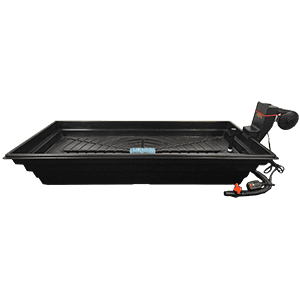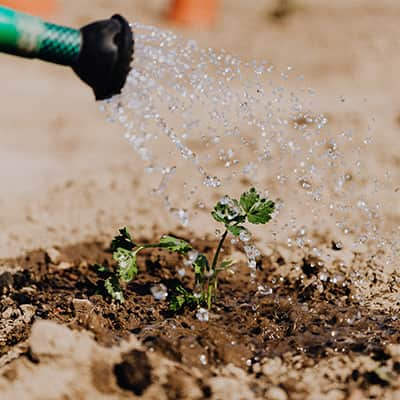Plant Repotting: How & When to Repot Your Plants

Plants are constantly growing and changing, just like us. And if you have plants around your house or patio that don’t look so healthy anymore, it might be time to repot your plants. They can become too big for their original pot, or the soil can become dry and lack nutrients. A new pot with fresh soil is often the best remedy for ailing plants, and learning how to repot a plant is simple.
Signs It’s Time to Repot Plants
Just like growing babies have different needs as they get older, the soil your plants are potted in might not be giving them what they need as they grow. Soil can lose nutrients and become dry, hindering water retention. So, if you notice your plants looking sickly or your soil is extra dry or dull, it’s time for a move. There are some other tell-tale signs to watch out for as well:
- Your plant is top-heavy and easily tips over.
- The roots are coiled tightly and stick out the bottom.
- Your plant looks unhealthy overall with yellow or brown leaves that fall off easily.
What You’ll Need When Repotting Plants
Repotting plants is really no more complicated than potting them the first time around. The most important thing to consider is choosing the right container for the type of plant you’re growing. If your plant has gotten big and top-heavy, go with a pot that is about two inches larger than the original one. Succulents do well in more porous pots like terra cotta, and all plants will need sufficient drainage. The pot should have holes in the bottom to allow water to flow out.
It is also important to choose the right potting soil. Choosing one that has the right amount of nutrients and water retention for your plant will make all the difference. And it wouldn’t hurt to add some extra nutrients for a boost.
Plant Repotting Tips and Common Mistakes
The first thing you need to do if you plan to repot a plant is to water it thoroughly a couple of days before. This will reduce the shock to your plant and make it easier to dislodge from the original pot.
Once you are ready to repot, fill the new pot about halfway with your potting soil so that it’s ready. Tilt the potted plant on its side, hold it by the base of its stems and tug gently while using the weight of the plant to slide it out. Shake off any excess dirt and gently untangle the roots if necessary. Then place it in the new pot on top of the soil and surround it with new soil. All that’s left to do is water it generously.
The most common mistakes when repotting plants typically involve the mistreatment of the roots. You should be extra careful not to break them in the process.












